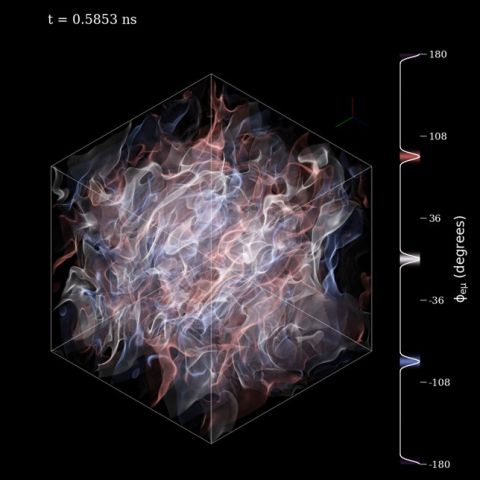
Scientists use state-of-the-art hydrodynamical simulation codes for astrophysics to solve the dynamical equations for neutrino flavor.

Evidence for the formation of a quark-gluon plasma emerges from the recombination of freely moving charm and bottom quarks into Bc mesons.
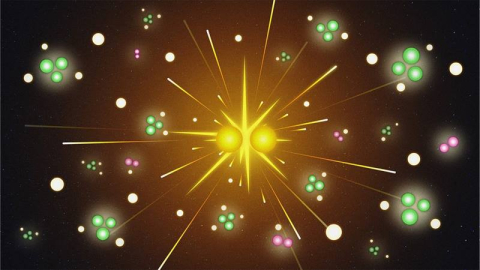
Measurements from the LHCb collaboration expand scientific understanding of how individual quarks assemble to form observable matter.
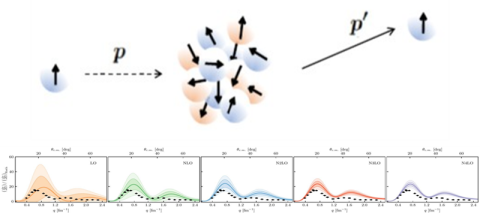
Research finds ab initio effective field theories are useful for calculating how nucleons scatter from collisions of atomic nuclei.
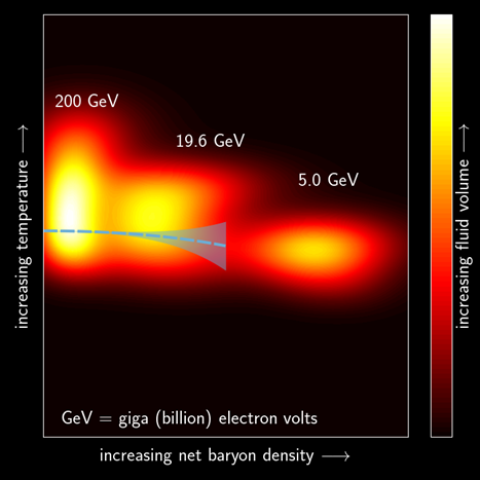
Scientists use a large-scale statistical analysis to extract the viscosity of hot, dense nuclear matter created at different heavy ion collision energies.
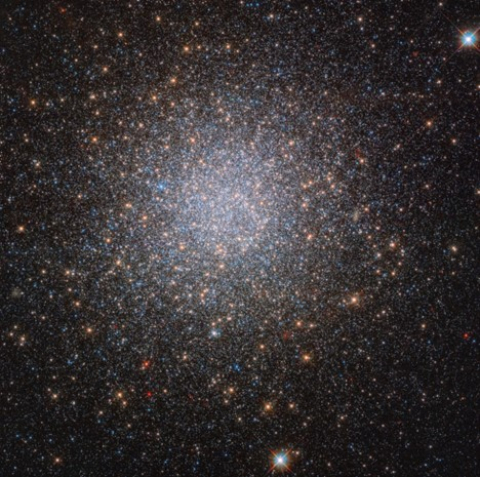
High resolution study of calcium-40 Ca to constrain potassium nucleosynthesis in the NGC 2419 globular cluster.

Researchers expand the quantum mechanical descriptions of nuclear fusion reactions.

Pushing boundaries with radioactive molecules for future studies of nuclear structure and fundamental symmetry.
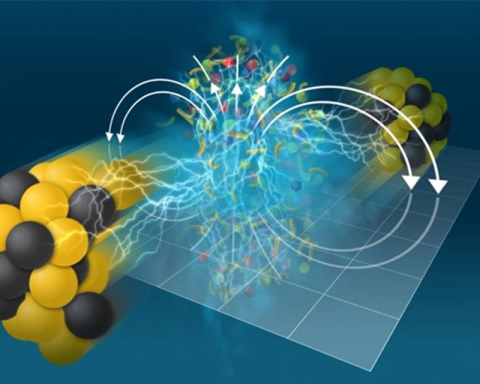
Data from heavy ion collisions give new insight into the electromagnetic properties of quark-gluon plasma “deconfined” from protons and neutrons.

The discovery of new isotopes demonstrates the user facility’s discovery potential.

